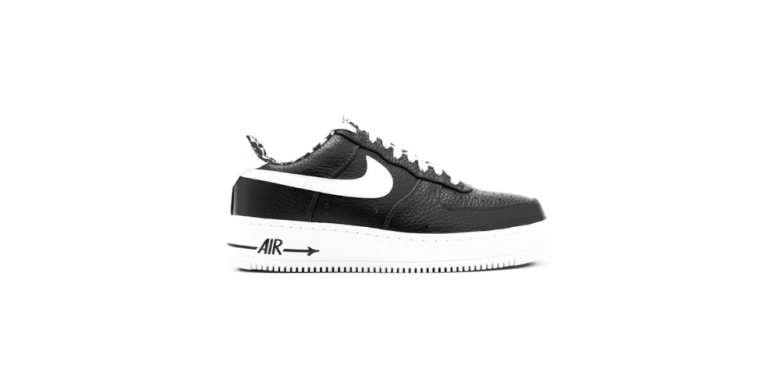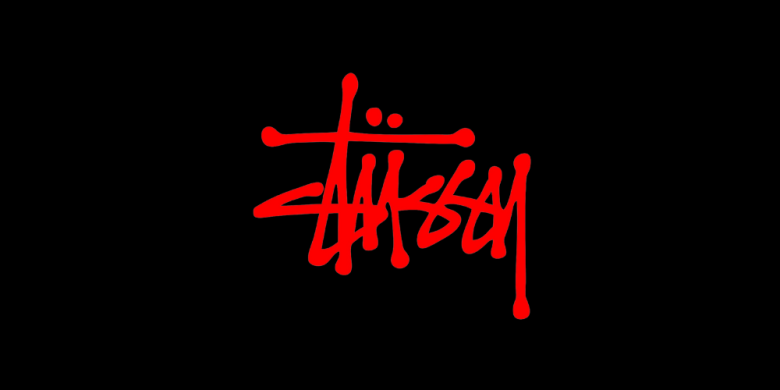Hip hop and graffiti's enduring influence: celebrating 50 years of their impact on creativity

In the vibrant neighbourhoods of the Bronx during the early 1970s, a cultural movement was born that would go on to shape the creative industry in ways previously unimaginable.
Hip hop, with its core elements of DJing, MCing, breaking, and graffiti art, celebrates its 50th anniversary this year. While hip hop as a whole has undoubtedly left an indelible mark on creativity, we can’t ignore the profound influence of graffiti art within the hip hop culture and its far-reaching impact on the creative industry.
Graffiti emerged as a form of artistic expression and rebellion against the urban decay that plagued New York City. Pioneering graffiti artists like Taki 183, Phase 2, and Lady Pink used subway cars and city walls as their canvases, giving life to a unique visual language that became synonymous with hip hop, sparking a global wave of creativity from London, to Tokyo to Johannesburg. But above all else, it was about getting your name ‘up’.
Graffiti artists invented a unique, brazen form of marketing that the brand world has been trying to borrow from ever since.
Very literal examples can be seen in OOH spaces all the time. Infamous graffiti spots become famous OOH paid sites—it’s almost as though the outdoor companies are waiting for graffiti artists to show them where to print, highlighting those lovely sightlines from pavements and train lines.
Campaigns that echo graffiti's aesthetic
In the world of marketing and advertising, graffiti's influence is undeniable.
Countless campaigns have drawn inspiration from graffiti art to engage audiences, capture attention, and convey a sense of urban authenticity. The late 80’s to early 00’s saw brands such as Nike, Coca-Cola, and MTV incorporating graffiti-style typography and imagery in their advertising efforts.
But there was a switch in the 00’s; instead of campaigns tapping into hip hop culture by using graffiti in the background of shoots, brands released graffiti had created a generation of legends, and these heroes of the scene would add value to products via official collaboration. Something new to graffiti, but of course something we’d been aware of for the previous 30 years through sport. Roll on the start of official artist X brand collabs.
One moment that really sticks out—the Nike AF1 becoming the most famous shoe for official collaboration (think Futura, Kaws, Haze). Plus the campaigns that wrapped around the product also used the graffiti-inspired guerrilla tricks we’d seen before, but with 100% more legitimacy, and of course the product itself made it a blank canvas for aspirational artists to customise, which Nike openly encouraged. The shoe and messaging truly echoed the energy and self-expression found in graffiti art.

Graffiti's impact on design and streetwear
The influence of graffiti extends beyond advertising campaigns.
The world of design, especially in streetwear fashion, has embraced graffiti's raw and rebellious aesthetic.
Streetwear brands like Supreme, Stussy, and Obey have built apparel empires by incorporating graffiti elements into their clothing and accessory designs, appealing to a younger, edgier demographic—a fully authentic route to take considering all three of those brands were founded by influential names in the graffiti, skateboarding and surfing worlds.

Typography's graffiti connection
Graffiti art's most apparent impact on the creative industry can be seen in typography and lettering.
The stylized, vibrant, and often intricate fonts of graffiti became a source of inspiration for graphic designers, sign-writers and typographers worldwide. Graffiti's ability to merge form and function, making letters both legible and aesthetically captivating, revolutionised the world of typography.
Graffiti, for me, has undoubtedly been a catalyst for creativity.
Graffiti, a form of urban art rooted in hip hop culture, has transcended its origins to become a powerful source of inspiration for the creative industry.
Its impact on typography, design, and marketing campaigns is a testament to the enduring influence of hip hop as a whole.
As we celebrate the 50th anniversary of hip hop, we must recognize the role graffiti art has played in shaping not only the creative industry but also our visual landscape. Its legacy continues to inspire artists, designers, and marketers to push boundaries, challenge conventions, and embrace the authentic and rebellious spirit that hip hop and graffiti art represent.
Lead image credit: iStock/peters99
If you enjoyed this article, you can subscribe for free to our weekly email alert and receive a regular curation of the best creative campaigns by creatives themselves.
Published on:




